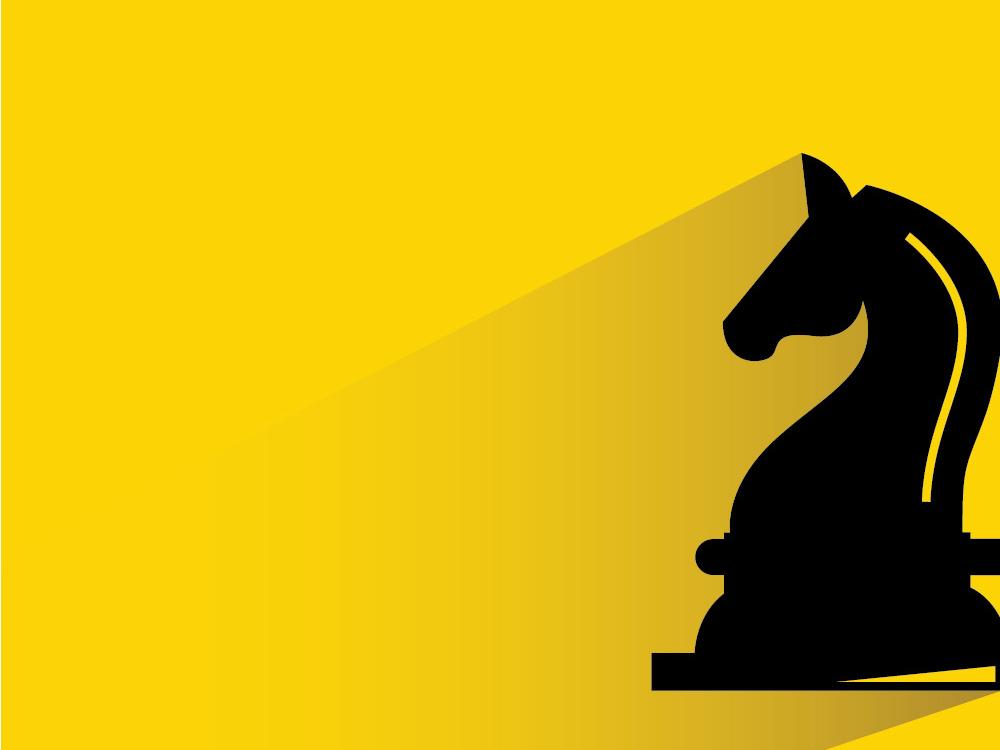
Knights On The Rim Are Amazing
As beginners, we learn myriad principles that guide our chess development and steer us away from common positional vices:
- Develop knights before bishops.
- Do not move a piece twice in the opening unless strictly necessary.
- Knights on the rim are grim.
- Rooks go behind passed pawns.
However, what defines a player's strength is not so much his ability to obey these precepts, but his capacity to violate them.
Modern chess does not lend itself to dogma; the concrete needs of a position always transcend general reasoning. In this article, we will explore the limitations of one particularly well-known chess cliché: are knights on the rim really so grim?
Mathematically speaking, they are. A knight on the a/h-file controls a maximum of four (potentially meaningless) squares. Move it two squares toward the center, and its sphere of influence doubles. But as the following mind-boggling game demonstrates, chess does not subject itself to mathematical strictures!

Note: In my annotations, I occasionally reference Noam Manella and Zeev Zohar's analysis from their excellent recent book Play Unconventional Chess and Win (Everyman 2014).
As ludicrous as it appeared, the knight wreaked utter havoc upon Black's army. Simply by virtue of its presence, the heroic cavalier impeded Black's development and greatly increased the queenside pressure. In more than one way, then, it directly contributed to the outcome of the game.
A well-known chess adage goes, "a bad plan is better than no plan at all." In the same vein, bad development is better than no development! Sometimes, you do not have the luxury of developing your pieces (read: your knights) to ideal squares. In those cases, you cannot afford to be choosy.
While far from perfect, this game highlights the importance of an open mindset, particularly with respect to development. Neither the knight on a6 nor its colleague on h6 were visually appealing, but it was due to their presence that I was able to turn the tables.

In chess, as in physics, a distinction must be drawn between kinetic and potential energy. The former refers to the energy acquired by an object due to its movement, while the second marks the energy accumulated by an object due to its position. Keep these definitions in mind as you play through the following positional masterpiece.
In spite of the rather sloppy ending, this is a highly impressive display of positional acumen. Once the knight reached a3, it acquired an enormous amount of potential energy. Motionless though it was, the cavalier was singlehandedly responsible for White's victory.
Of course, the point of this article is not to claim that general principles are untrue, but to underscore the importance of a flexible and concrete mindset. As Katharine Hepburn once put it, "if you obey all of the rules, you miss all of the fun!"






